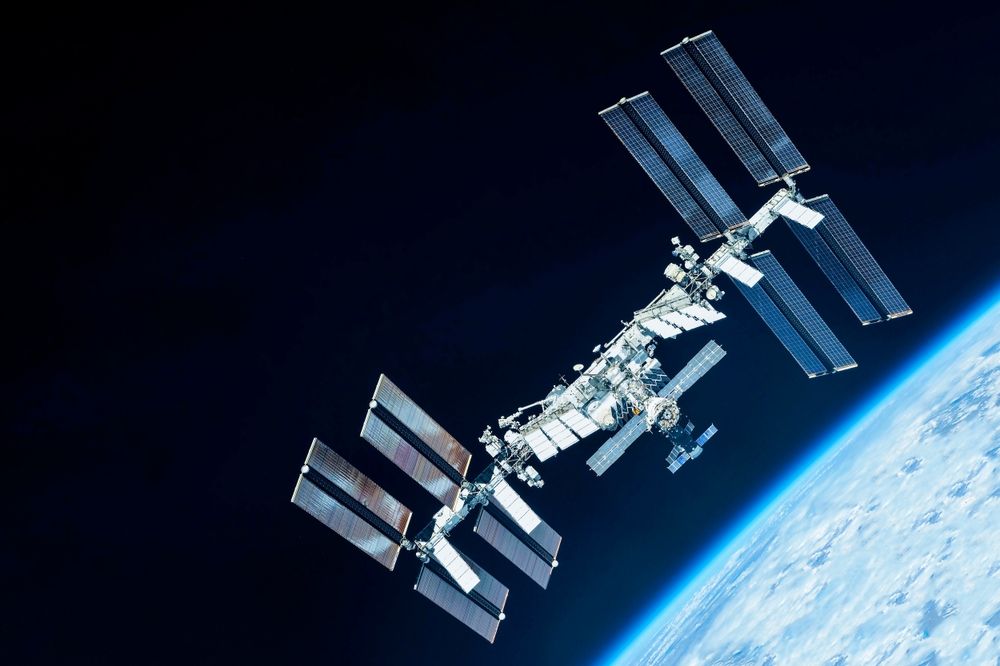Fast Radio Bursts (FRBs) have puzzled scientists since their discovery in 2007.
Others are reading now
Fast Radio Bursts (FRBs) have puzzled scientists since their discovery in 2007. These millisecond-long flashes of intense radio waves carry immense energy but often occur only once, making them difficult to study.
Now, a team of astronomers from MIT has pinpointed the origin of one such burst, FRB 20221022A, to the magnetosphere of a neutron star in a galaxy approximately 200 million light-years away.
Their findings, published in Nature, provide groundbreaking evidence that some FRBs are generated within the extreme magnetic environments surrounding neutron stars.
Decoding the Burst
FRBs, unpredictable by nature, have been detected in galaxies across vast cosmic distances.
Also read
Using advanced techniques, the MIT team analyzed the polarized light of FRB 20221022A to trace its origin. They determined that the burst emerged from a region no more than 10,000 kilometers away from a neutron star—a dense, collapsed remnant of a supernova.
This region, known as the star’s magnetosphere, is dominated by magnetic fields so intense that atoms cannot survive, and light pathways are warped by the surrounding gas.
The researchers used a phenomenon called scintillation, or the “twinkling” effect, to refine their analysis. Scintillation occurs when light from a compact source, like an FRB, travels through turbulent galactic gas, distorting its brightness.
By studying the flickering of FRB 20221022A, the team concluded that the burst originated in a compact, highly magnetized region close to the neutron star.
Moreover, the polarization of the FRB’s light—forming a distinct S-shaped curve—offered further clues, indicating that the source was rotating, much like pulsars (spinning neutron stars).
Unlocking the Mystery of Magnetars
Magnetars, neutron stars with exceptionally strong magnetic fields, are likely candidates for FRB sources.
According to Kenzie Nimmo, the study’s lead author, these fields push the boundaries of what the universe can produce. “The energy stored in these magnetic fields twists and reconfigures itself, releasing radio waves that can travel halfway across the universe,” explains Kiyoshi Masui, a co-author of the study, to WP Tech.
The discovery supports models suggesting that FRBs are born in the chaotic magnetosphere surrounding neutron stars rather than in distant shock waves farther out in space.
Also, this discovery opens new pathways for understanding the enigmatic bursts and raises intriguing questions: Could other types of stars also emit FRBs? And what more can these cosmic signals reveal about the nature of the universe?

